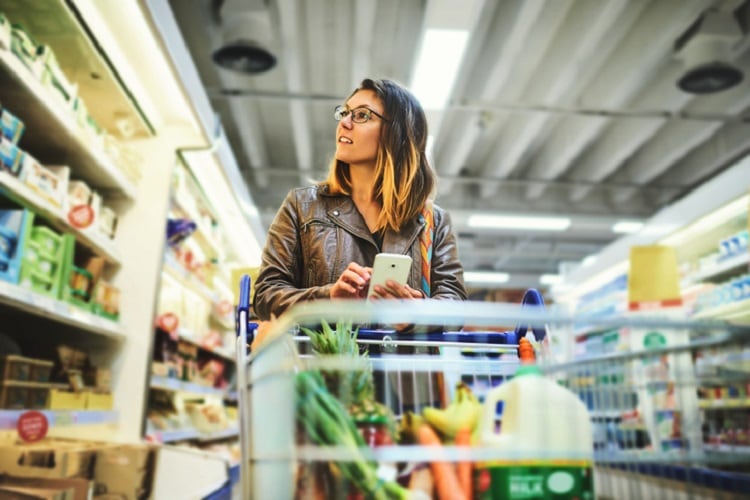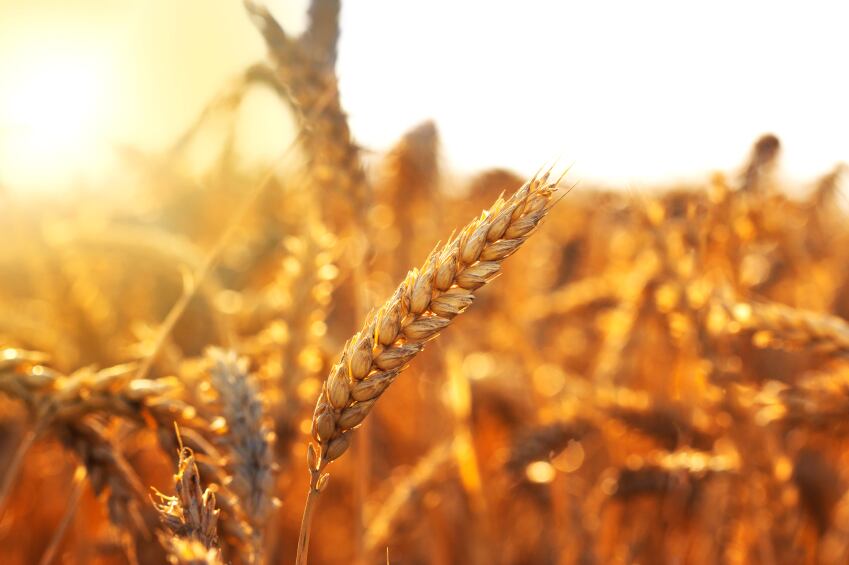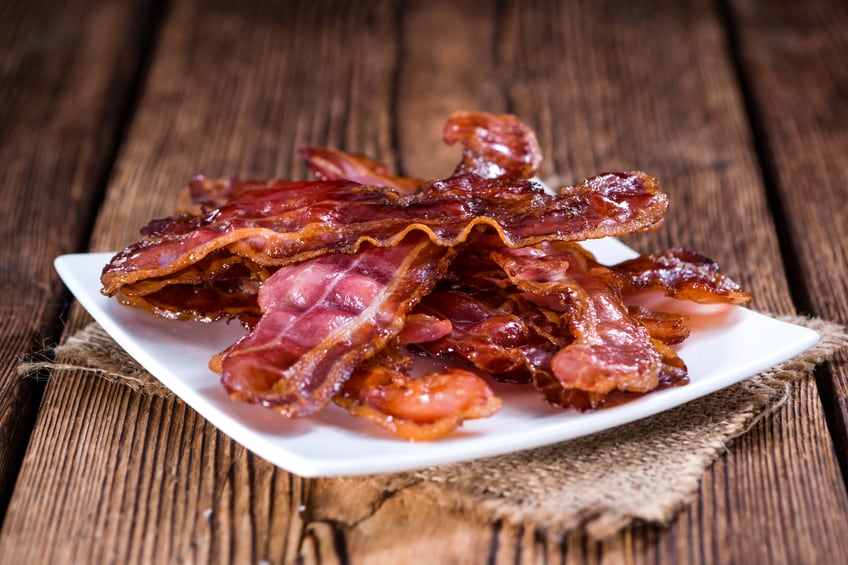The Bavarian Ministry of Food, Agriculture and Forestry has tasked researchers with developing a mobile food scanner for consumers and supermarket staff, to test whether food items – both packaged and unpackaged – are safe for consumption.
The pocketsize device uses near-infrared (NIR) technology to identify food items’ measurements and composition. “Infrared light is beamed with high precision at the product to be investigated and then the scanner measures the spectrum of the reflected light,” explained Robin Gruna, project manager and scientist at the Fraunhofer Institute in a statement.
“The absorbed wavelengths allow us to make inferences about the chemical composition of the food.”
That data are then transmitted to a database via Bluetooth, before the results – indicating whether a product is safe for consumption – are sent to a smartphone app. If deemed edible, the app will also detail for how long and under which conditions the product will remain fresh.
Food and Agricultural Organization on food waste
Approximately 1.3 billion tonnes of food is lost or wasted per year
Food losses and waste amounts to roughly $680bn (€592bn) in industrialised countries
Per capita, waste by consumers is between 95-115kg a year in Europe and North America
The initiative is part of a greater effort to combat food waste in Germany, and in Bavaria in particular. According to figures from the World Wildlife Fund (WWF), the southern province produces 1.3 million tonnes of edible food waste per year.
Food waste is a known issue throughout the food chain, whether caused by human error or a lack of standardised procedures in food production, and one that extends through to both supermarket and pantry shelves.
According to Fraunhofer researchers, many products are thrown out “simply because they no longer look appetising or have superficial blemishes, or because they are past their best-before date.”
While currently in demonstrator form, the device will soon be tested in supermarkets to investigate consumers’ reactions to the technology.
Advanced testing tech
According to developers, the advanced technology may also be able to detect counterfeit products.
“Foodstuffs are often counterfeited – for example, salmon trout is sold as salmon. Once suitably trained, our device can…identify whether products such as olive oil have been adulterated,” said Drause.
Machine learning and the development of intelligent algorithms could also be used to improve the scanner’s performance, said the Fraunhofer Institute.
“Through machine learning, we can increase the recognition potential. In our tests, we studied tomatoes and ground beef…we used statistical techniques to correlate the measured NIR spectra of ground beef with the rate of microbial spoilage and derived the remaining shelf life of the mean from the results.
“Extensive storage tests, whereby the research teams measured microbiological quality and other chemical parameters under various storage conditions, showed good correlation between the computed and actual total germ counts,” he said.
In addition, the device could eventually be used throughout the food chain, and not just for finished products.
It might be better described as a general-use, cost-effective scanning technology that can be easily adapted. For example, the system could be used to sort, separate and classify plastics, wood, textiles and minerals. “The range of potential applications is very wide; the device just needs to be trained accordingly,” said Gruna.
The Fraunhofer Institute has, however, highlighted that the technology is somewhat limited when it comes to heterogenous products containing composite ingredients: “To this end, the scientists are investigated high-spatial-resolution technologies such as hyperspectral imaging and fusion-based approaches using colour images and spectral sensors.”





